classic rock
history
About
Classic rock is a radio format of rock music that features music ranging generally from the 1950's to the 1990's. It developed from the album-oriented rock format in the early 1980's. The format can be found on rock radio stations, which are most popular among older audiences because of the familiar rock and roll hits from the past. Some radio stations even include older rock hits with newer ones to attempt to appeal to younger audiences.
1950's Rock
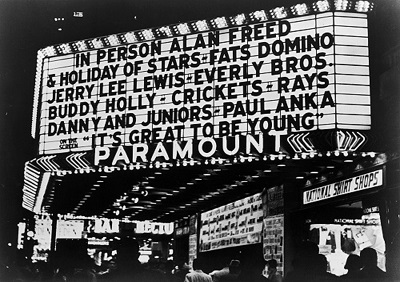

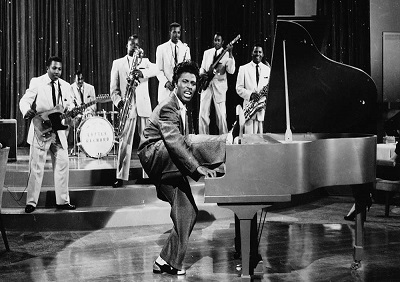

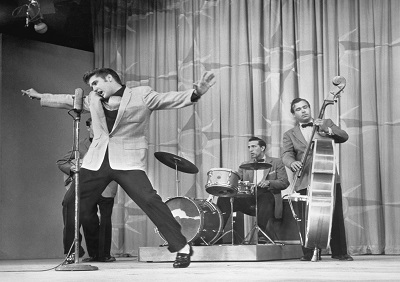

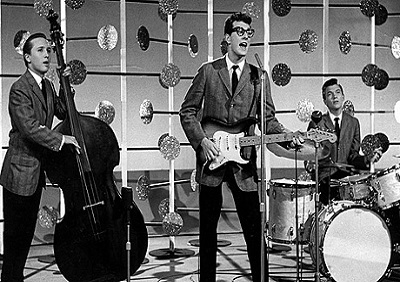

The early 1950's were dominated by vocalists, such as Doris Day. Frankie Lane, Frank Sinatra, Rosemary Clooney, and Nat King Cole and band leaders Mitch Miller, Percy Faith, and others. The solid body electric guitar became commercially available in the early 1950's and quickly became popular among music artists. The 78 RPM record was replaced by the long playing vinyl album and the 45 RPM single was introduced. 1953 saw Bill Haley and the Comets hit the pop charts with their rock single "Crazy Man Crazy" at #12. In 1955 Bill Haley's "Rock Around The Clock" topped the Pop Charts at #1. In April of 1956 Elvis Presley topped the Pop Charts with his first single release "Heartbreak Hotel" and he also the first artist to have nine singles in the Hot 100 at one time that year. By 1957 rock and roll artists were appearing regularly on the popular music charts and by 1959 rock and roll records were accounting for 43 percent of all music records sold. Tragedy struck in 1959 as rock stars Buddy Holly, Big Bopper, and Ritchie Valens were killed in a plane crash.
1960's Rock
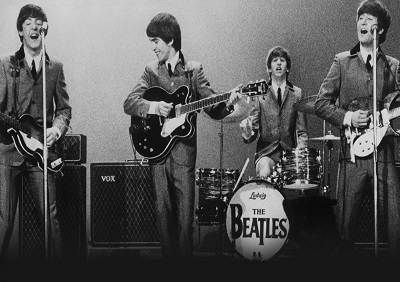



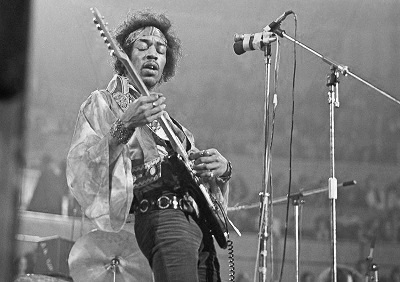

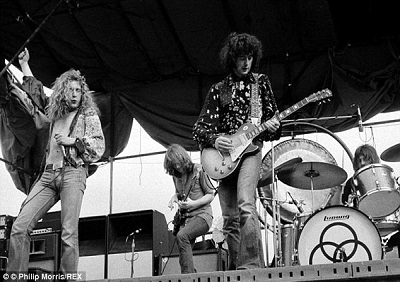

In the 1960s rock music became very popular and dominated the music charts. The early 1960s saw Elvis Presley continuing to shine with big time hits, along with girl groups, such as The Supremes, Dixie Cups, and others, surf music, such as The Beach Boys and the Motown, Stax, and Atlantic labels brought many african-american artists back to the pop charts. In 1964 the pop charts were led by bands, such as the Beatles and The Rolling Stones. Music in the 1960's evolved into more social and political statements and reflected on the growing hippie culture. Rock bands and their music began to be showcased on prime time television on the Ed Sullivan Show and other variety shows. Outdoor rock music festivals began in the late sixties, beginning with the Monterey Pop Festival, a three day event which attracted 55,000 fans per day. In the summer of 1969, the Woodstock Festival drew 500,000 people to a three day concert in Bethel, New York. The sixties were dominated by the Beatles, which had 6 of the top 10 albums of the decade and 21 of the decade's top 100 singles. Elvis Presley had 9 of the decade's top 100 singles and 4 of the decade's top 100 albums.
1970's Rock
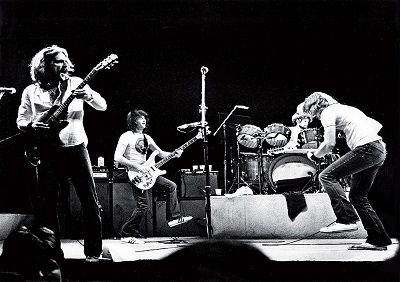

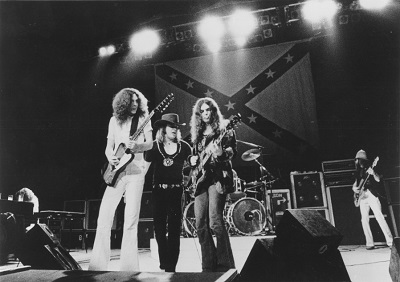

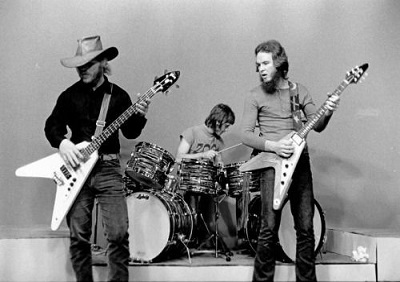

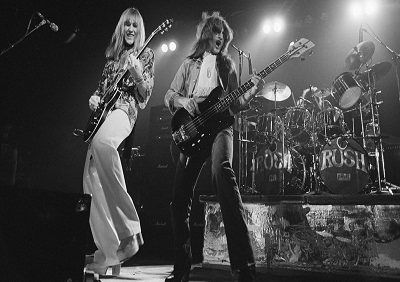

The seventies start off with the break up of the Beatles in 1970 but all four members continue with successful solo careers. The early part of the decade saw the deaths of Jimi Hendrix, Janis Joplin, and Jim Morrison who all died at the young age of 27. Many bands move from playing in clubs and theatres, to playing in sports arenas and outdoor stadiums. Many of the big time bands such as Led Zeppelin, the Rolling Stones, Pink Floyd, and the Who formed in the 1960's continued to see success in the seventies. Car stereos started to emerge, which featured FM radio along with 8-Track tape players and then eventually cassette tape players. Disco and punk rock music began to emerge and dominated the later part of the decade. In 1977 Elvis Presley known as the "King of Rock" died at the age of 42.
1980's Rock


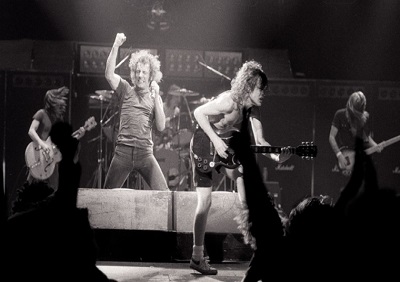



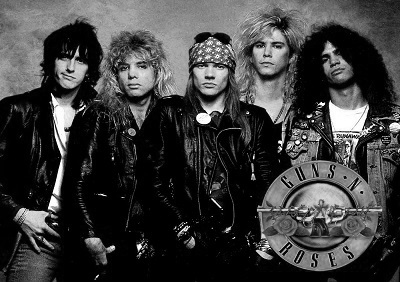

The 1980's were started off by the tragic shooting death of John Lennon, a peace activist and english singer who co-founded the Beatles. In 1981, MTV was launched on 300 U.S. cable TV systems and by 1983 was available on 2,000 cable TV systems. In 1984 VH1 was launched, which had a more classic rock music format. Music videos started making their prevalance and featured numerous bands and music styles that included heavy metal, new wave, and the emergence of rap and hip hop music. The eighties saw metal bands such as Iron Maiden, AC/DC, Def Leppard, Metallica, Guns & Roses, Montley Crue, Ozzy Osbourne and many others become prevalent. Rock bands, such as Journey, Aerosmith, Rush, Genesis, Tom Petty, and Pat Benatar dominated the mainstream Rock scene. The 1980's had R&B and Pop legends such as Michael Jackson and Prince make their way up the charts and bands such as Run DMC, Beastie Boys, and Salt n Pepa shape the Hip Hop scene.
1990's Rock
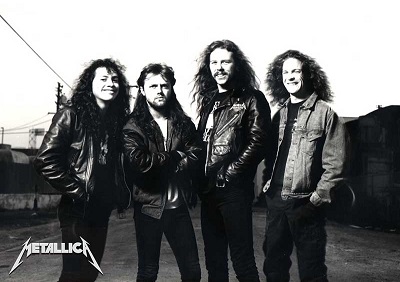

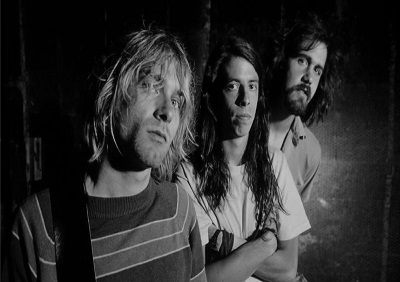

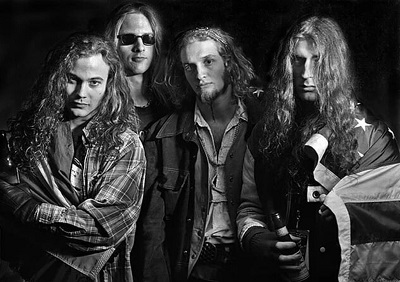



The 1990s was a decade summed up by metal bands, alternative rock, industrial rock, punk rock, and rap metal, becoming very popular with their audiences. In 1990, Metal rock band Metallica, who saw success in the eighties, released their very successful "Black Album" in 1990. A year later Guns N Roses released their double album "Use Your Illusion I/II. Alternative bands such as REM, The Smashing Pumpkins, Red Hot Chilli Peppers and rock bands such as Alice in Chains, Nirvana, Soundgarden, and Pearl Jam and others became popular and successful. In 1994 the tragic death of Nirvana's front man and guitarist Kurt Cobain pretty much dissolved the band, yet their music remained popular. Not long afterward alternative rock bands such as Green Day with the release of their album "Dookie", Goo Goo Dolls, Blink 182, and others saw much success and popularity.